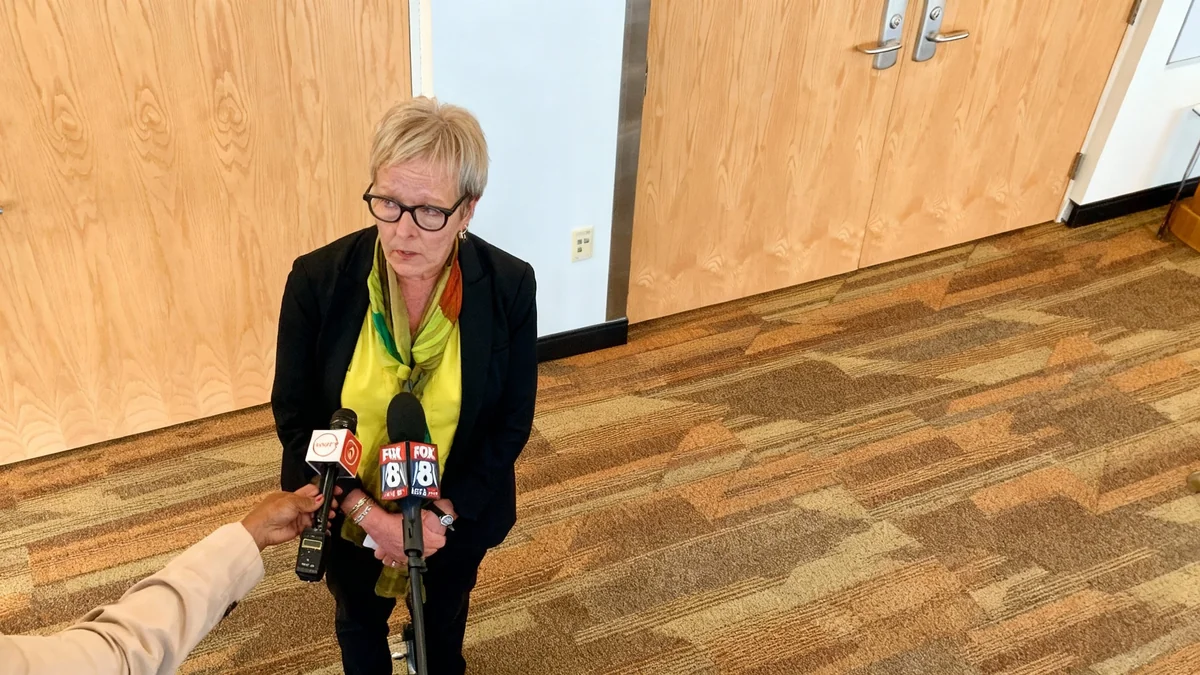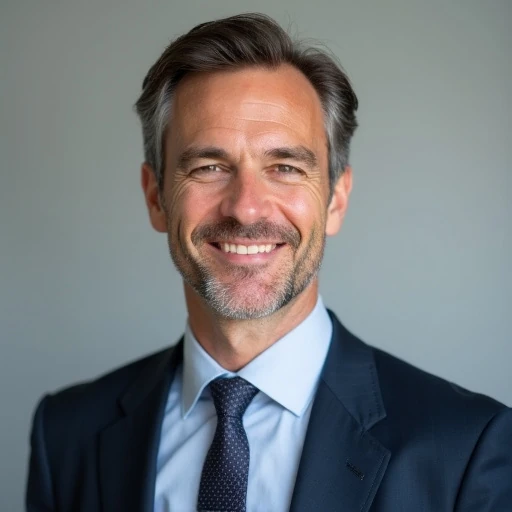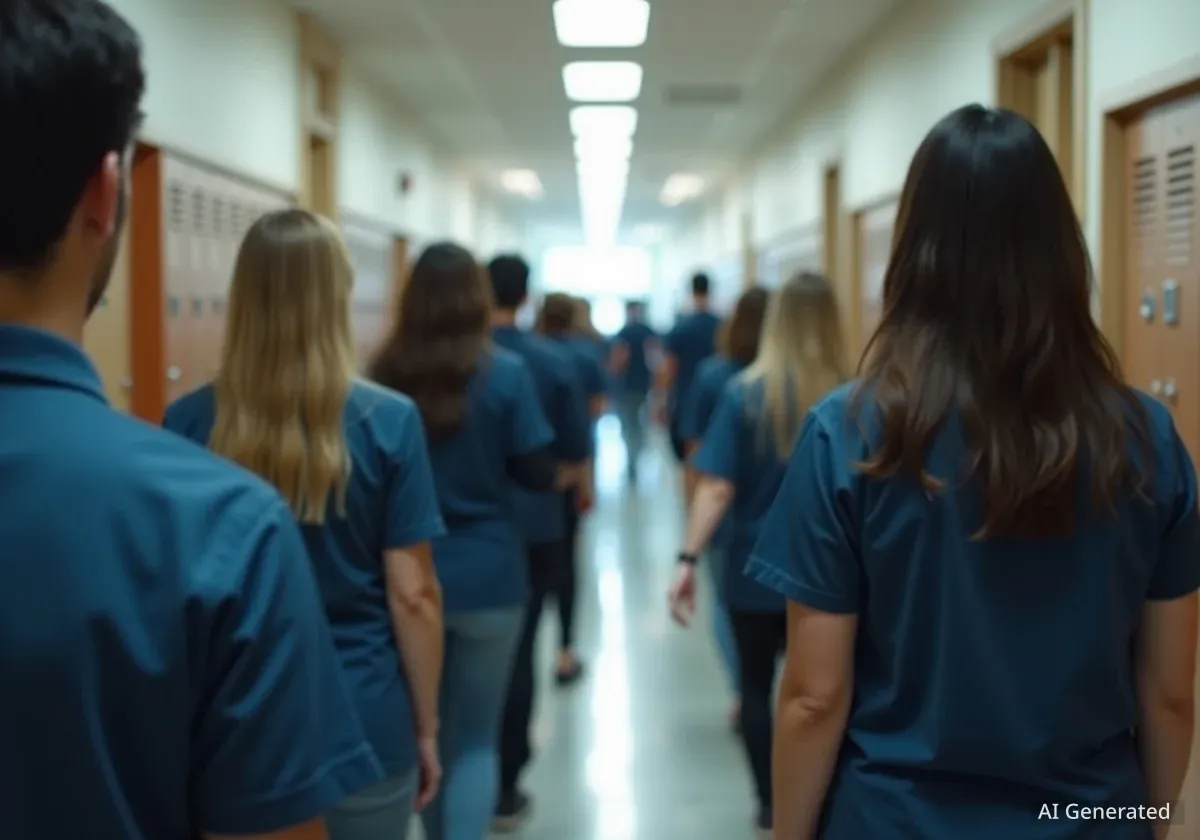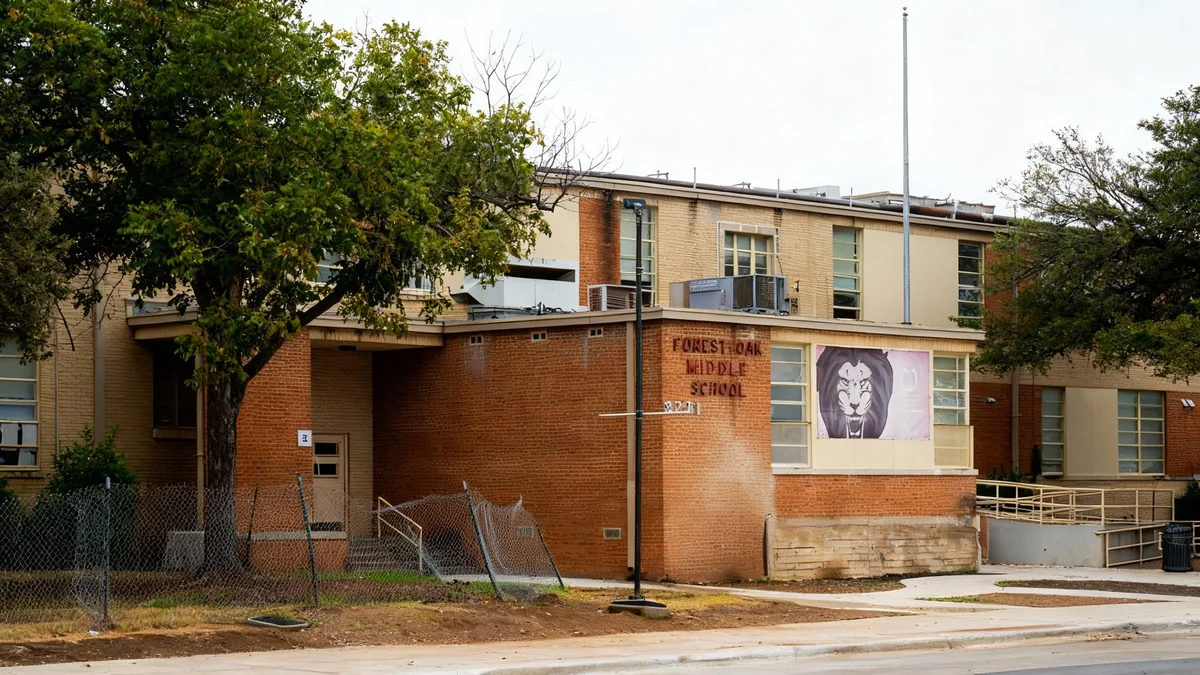Cleveland State University President Laura Bloomberg defended the decision to transfer operational control of the student-run radio station WCSB 89.3 to Ideastream Public Media, framing it as a forward-looking move despite sustained protests from students and community members. The defense came shortly after her State of the University address, where she outlined a new academic vision centered on mandatory applied learning experiences and innovative integrated degree programs.
Key Takeaways
- CSU President Laura Bloomberg stands by the decision to give operational control of WCSB 89.3 to Ideastream.
- The university receives no direct payment from Ideastream, but Ideastream will cover maintenance and capital costs.
- Student and community protests are ongoing, with Cleveland City Council passing a resolution in their support.
- CSU announced a plan to require applied learning experiences for nearly all undergraduate degrees by 2030.
- The university is promoting 12 new integrated degrees, combining fields like design and psychology.
President Addresses Radio Station Controversy
Following her State of the University address on Tuesday, President Laura Bloomberg addressed the contentious partnership that has placed the university's long-standing student radio station, WCSB, under the management of Ideastream. The station, once known for its eclectic mix of music and talk shows, now operates as JazzNEO under the new arrangement.
Bloomberg positioned the change as a necessary step toward modernizing student media engagement. She emphasized a need to adapt to new technologies that offer broader access for college-age students.
"While I believe we need to honor the legacy of this radio station, I firmly believe we also need to pivot to the future and look at the technologies that students can access today that allow more college-age students to access the media," Bloomberg stated.
The decision has been met with significant opposition. Students, like former WCSB vice president Jacklyn Bomgardner, have been actively protesting what they see as a loss of a vital student-controlled platform. Their efforts gained a new level of official support when Cleveland City Council passed a resolution backing their campaign to regain access to the station.
Unanswered Questions on the Deal's Benefits
When questioned about the specific benefits Cleveland State University receives from the agreement, Bloomberg did not provide direct financial details. She confirmed there is no monetary exchange between the institutions, stating that the partnership was not driven by cost-saving measures.
"I am more focused on what are the benefits of entering a strategic partnership," she explained. "It was about, what can we do when we enter into a win-win strategic partnership with Ideastream."
Terms of the Agreement
Under the current arrangement, Cleveland State University retains the Federal Communications Commission (FCC) license for the 89.3 FM signal. However, Ideastream Public Media now manages the day-to-day operations and programming. A key component of the deal is that Ideastream assumes all responsibility for maintenance and future capital expenses related to the station's equipment and infrastructure.
Despite the president's focus on strategic value, the lack of a clear, tangible return for the university remains a central point of contention for critics of the deal.
A New Academic Mandate: Applied Learning for All
The radio station controversy served as a backdrop to the main focus of Bloomberg's address: a significant shift in the university's academic requirements. In a major announcement, she revealed that CSU will mandate applied learning experiences for nearly all undergraduate degree programs by the year 2030.
This initiative aims to leverage the university's downtown Cleveland location to provide students with practical, real-world experience through internships, co-ops, and other hands-on projects.
"We are in a downtown environment," Bloomberg said, highlighting the proximity to major companies like Sherwin Williams where students can easily access valuable learning opportunities.
CSU's 2030 Vision
The new requirement for applied learning is a cornerstone of the university's long-term strategy. The goal is to ensure that every graduate leaves not only with a degree but also with a portfolio of practical experience, making them more competitive in the job market.
Pioneering Integrated Degrees
Complementing the focus on applied learning is the launch of 12 new integrated degree programs. These programs, approved by the Ohio Department of Higher Education, are designed for students whose interests lie at the intersection of two different academic fields.
These innovative degrees combine traditionally separate disciplines to create new pathways for students. Examples include pairings like criminology and journalism, or music and computer science.
Spotlight on Design and Psychology
According to President Bloomberg, the most popular of these new programs is the combination of design and psychology. This degree has attracted a significant number of students interested in pursuing careers in User Experience (UX) design.
"In the past, students might double major," Bloomberg noted. Now, these integrated programs provide a more focused curriculum. The design and psychology track, for instance, equips students with an understanding of human behavior and interaction while also teaching them the core principles of graphic and digital design for websites and mobile applications.
This approach reflects a broader trend in higher education to create more flexible and career-oriented academic tracks that respond directly to the demands of modern industries.
As Cleveland State University moves forward with these ambitious academic changes, the administration faces the dual challenge of implementing its future vision while addressing the immediate concerns of a campus community still grappling with the transformation of its historic radio station.





